“Our conversations ranged from boyhood to shipboard just to keep our thoughts from our stomachs, and now having shared tasks we had never dreamed of, the barriers our differing ranks had imposed were steadily dropping away. I doubt that any skipper has ever learned more about his ship from the viewpoint of the troops than I did. The first disclosure, sort of a trial balloon, was the true depth reached while Tang was being hounded by the destroyer west of Saipan. In the pump room a sea-pressure gauge had actually passed 350 pounds per square inch, or 700 feet, before steadying, but the few who knew this decided to keep the information to themselves, and I believe they exercised good judgment.
“Having taken that in stride, I next was informed that I had conducted too many inspections, but that is probably a complaint in any ship. Some time passed before I was privy to the most interesting information, the true source of the troops’ alcohol at the Royal. As Caverly described the radio shack still, I clearly recalled each element: the small fan mounted low on the after bulkhead, the Silex coffee maker secured in line, and the metal ring to hold a coffee mug as a receptacle. Even the condenser now registered, the transmitter’s output coil fitted with rubber stoppers and with pin jacks drilled. I had seen it in the transmitter on inspections but suspected nothing.
“'Skipper, you officers must have been snoof,' Caverly observed, borrowing that word from Dickens, I believe. 'If you knew how many times we burned our fingers in getting that damned coil from the Silex to the wastebasket, always expecting you to smell the stuff!' he exclaimed.
“With a ready source of denatured torpedo alcohol from the storage tanks, this had certainly been a neater solution than the home brew. . . . If this product had helped in getting them back into fighting trim, then perhaps Secretary of the Navy Josephus Daniels had erred when he made our navy dry.”
– Rear Admiral Richard O’Kane, Clear the Bridge!, pages 464–465
In my last post from Rear Admiral Richard O’Kane’s memoir of his service as the captain of the USS Tang, I wrote about how O’Kane worked to prepare his crew for war during training. As I mentioned in that post, Tang went on to become the most successful American submarine in World War II, but was tragically sunk on her fifth war patrol by her own defective torpedo on the night of October 24–25, 1944, in the straits between Formosa and mainland China. For the first time ever, there were survivors from a sunken submarine. Because Tang had attacked from the surface, O’Kane and four others swept from the bridge managed to survive, and eight men managed to escape from the hull after the crippled submarine came to rest on the seafloor. Though they used Momsen lungs, only four survived the 180-foot ascent to the surface. All nine survivors were captured by the Japanese on the ocean surface the next morning, and they spent the rest of the war in prison camps in Japan.
What I find memorable about this passage is the interaction between these men. After all that they have been through together at sea, one can sense that a great leveling has taken place between Captain O’Kane and his sailors as they all support each other, trying to survive as prisoners of war. But at the same time, one can also see that O’Kane remains in a sense separate. He had been their supreme leader at sea, responsible for all their lives from before they ever cast off all the way through battle. He is clearly held in such high esteem that it is only a gradual process by which he learns what his troops have actually been doing during their service together, and his amiable response is a testimony to the democratic spirit and mutual struggle they now face together through the fortunes of war.
The first crucial new information that his crew reveals to him in captivity is that the Tang had actually once dived to a depth of 700 feet. As O’Kane had previously written, 400 feet was a standard depth for most submarines at the beginning of World War II, and Tang had set a dive record by going below 600 feet during training. The fact that the submarine hull had held together at an even lower depth during combat was amazing, but his crew chose not to tell him, as that knowledge might have tempted him to consciously take greater risks. O’Kane’s good-humored response to this revelation leads to complaints about his inspections, but the revelation by his crew of how they had managed to run a still on board the submarine is priceless. Radio Technician Floyd Caverly’s description of O’Kane and the officers as being “snoof” (slang for having lost their sense of smell) probably made O’Kane laugh, as it would anyone familiar with the olfactory conditions aboard a hot, cramped submarine filled with 87 perspiring men. Nonetheless, the still would have been recognized as a serious disciplinary breach had O’Kane discovered it during patrol, and he would not have tolerated the jeopardy that a single drunken crew member could have placed the entire crew in during a combat situation. However, in the passage one imagines O’Kane being able to laugh in the moment with his crew at how they had outwitted him.
It would have been a well-deserved moment of levity in the Omori prison camp, given that they were starving. Liberation came not a moment too soon: Richard O’Kane weighed only about 90 pounds when the war ended in August 1945.
Notes: This is the second post in a series exploring books about submarine warfare during World War II. Read Part One. Part Three. Part Four. Part Five. Part Six. Part Seven. In a parallel series of History Through the Viewfinder posts, Dr. Huxen is revisiting the making of the interactive exhibit Final Mission: USS Tang Submarine Experience. Read Part One of that series. Part Two. Part Three. Part Four. Part Five. Part Six. Part Seven.
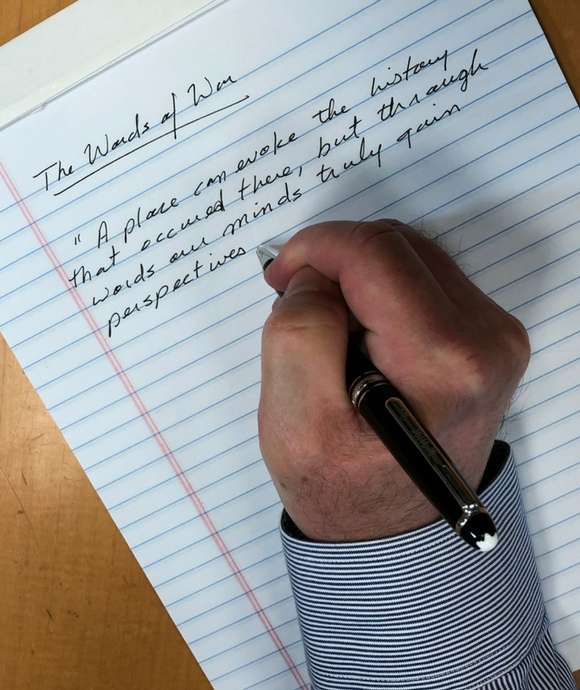
“A place can evoke the history that occurred there, but through words our minds truly gain perspectives and understanding of what it was like to know, feel, experience, hope, fail, triumph, and live through events from which we ourselves were absent. The written word is our most intricate map to retrace and reconstruct what we think happened, and ultimately brings us back to ourselves.”
– Keith Huxen, PhD, Senior Director of Research and History, The National WWII Museum
Keith Huxen
Keith is the former Senior Director of Research and History in the Institute for the Study of War and Democracy at The National WWII Museum.
Cite this article:
MLA Citation:
APA Citation:
Chicago Style Citation:
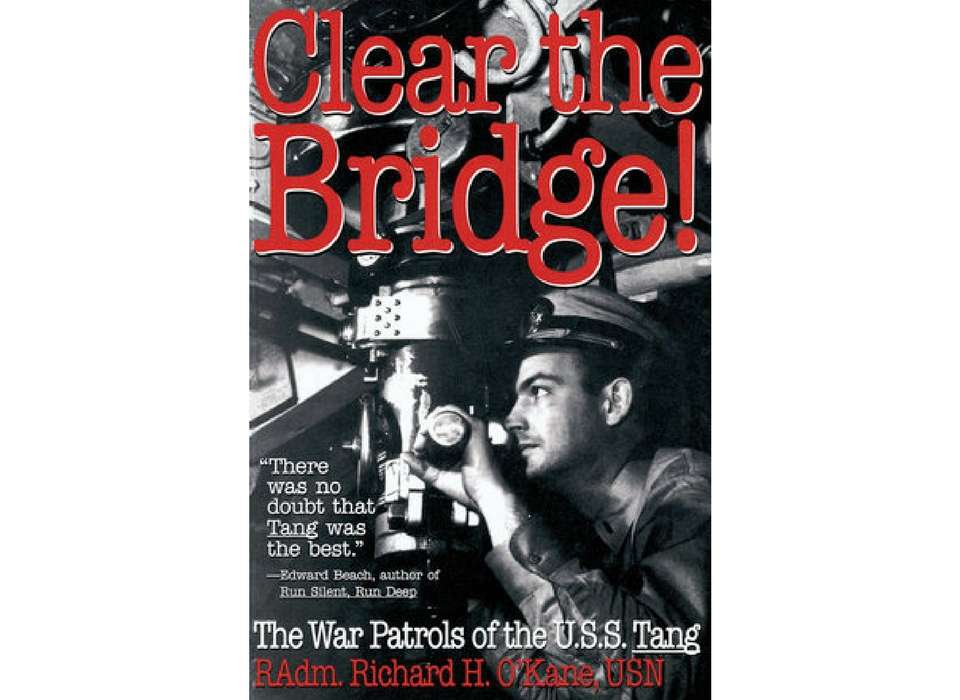

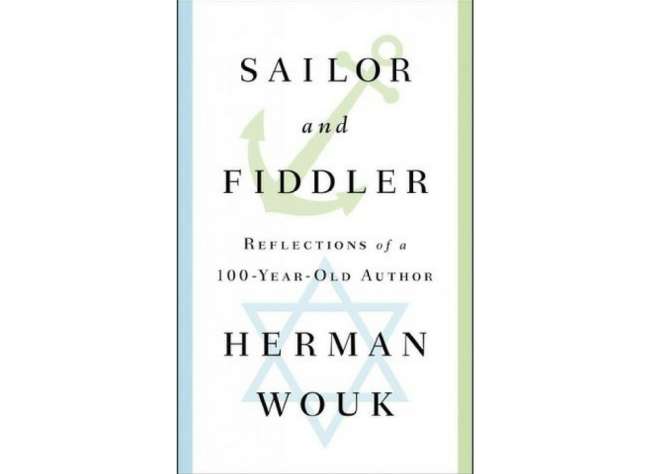
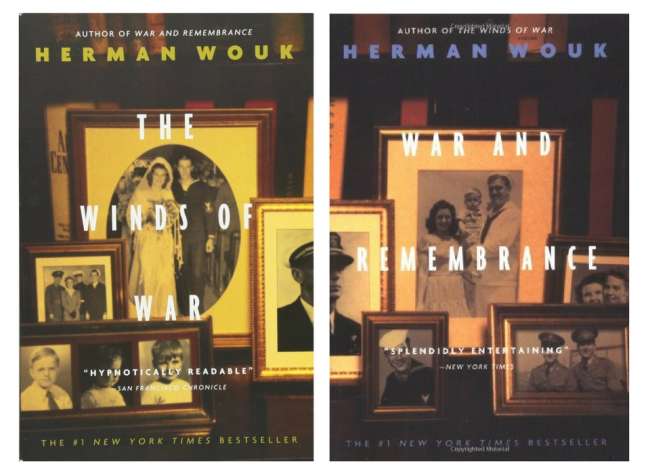
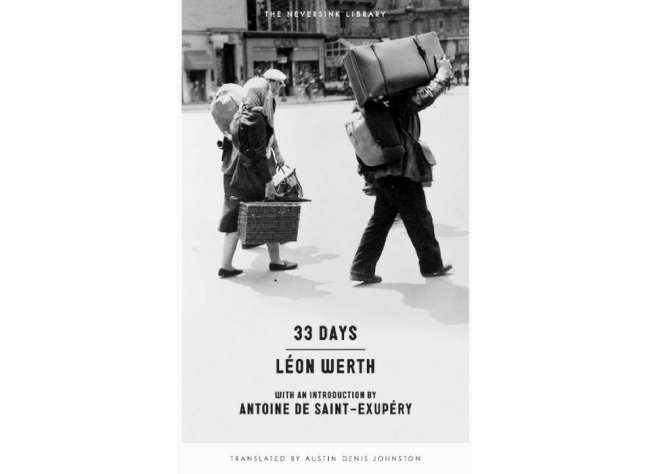






![Max Fuchs, New York City cantor, sings as Rabbi Sydney [sic] Lefkowitz, Richmond, VA, conducts the first Jewish services from Germany.](/sites/default/files/styles/max_650x650/public/2025-10/image1.jpg)

